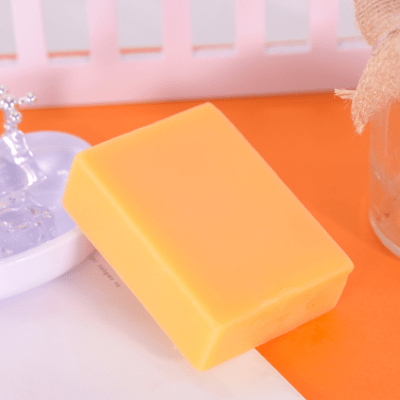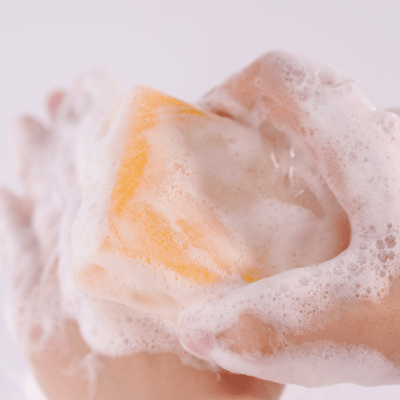In the Song Dynasty, a synthetic detergent appeared. It was made by mashing natural honey locust (also known as saponins, hanging knives, soap pods, commonly known as saponins), adding spices and other substances to make orange-sized balls. , Designed for washing face and bathing body, commonly known as “soap ball”. Song Zhou Mi’s “Wulin Old Things” Volume 6 “Little Broker” records that there were businessmen specializing in “Soap Balls” in Lin’an, Kyoto, in the Southern Song Dynasty.
In the West, it may be traced back to a small island called Lesbos in ancient Greece 4000 years ago. Local people use animals to worship the sky. Because wood is used when burning animals, the ashes of wood and animal fat are mixed to produce a soap-like yellow substance. The heavy rain washed these things into the river where the local women often washed their laundry, and they found that the clothes washed cleaner as a result.
Although traces of similar bar soap can be found since ancient Greece, there is a female poet named Sappho (aponification) who recorded these stories in history. In order to commemorate her, people later called this process saponification, and the chemical name was SoapMaking.





































